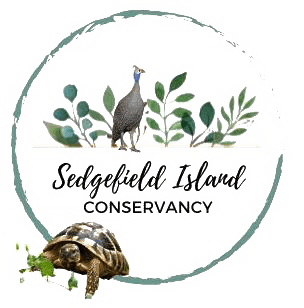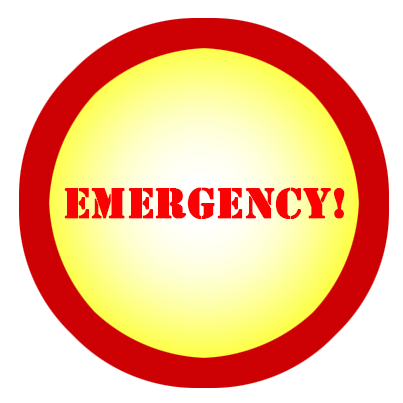Gardening on The Island
Planting Indigenous in your Garden
There's no harm in wanting a lawn and some pretty roses in your garden, but we try to strike a balance between the English country garden look and celebrating our natural plants in our gardens. Not only are our indigenous plants beautiful, but they provide food for tortoises as well as encouraging all the pollinators.
We often hear that a plant is indigenous to South Africa, but plants don't care much for political boundaries! They live in biomes where the soil, climate and rainfall suit them best. Succesful wild gardening depends on using locally indigenous plants, that is, plants that grow wild around Sedgefield.
Endemic is much stricter and means that a species only occurs here and nowhere else. There are many species that are endemic to the Cape Floral Kingdom, but ther's no need to focus on these for your garden.
So, let's plant locally indigenous and get water-wise, low-maintenance gardens that are a delight and help to keep our environment healthy. The easy way of doing indigenous gardening is to leave self-sown 'weeds' to grow and see what they do. You will be surprised at how many attractive species will appear, such as:
- Bitou bushes (Osteospermum moniliferum), part of the daisy family, are fast growing and produce large numbers of yellow flowers. The can grow to about 2m in height. They take well tobeing shaped.
- Common gonna (Passerina corymbosa) will pop up, with their tiny flowers and waving branches. Gonna produce attractive bushes that grow quickly to about 1,5m tall. They do not like beingpruned and will become leggy, but new babies are often seen in the garden.
- Please leave any Prostrate Capeweed (Arctotheca prostrata) to grow in your garden and on your verges - they are much loved food for our angulate tortoises.
Try to leave part of your garden completely wild and let it grow as nature wants. This needn't be a big area - a couple of square meters makes a haven for tiny wildlife and promotes biodiversity.
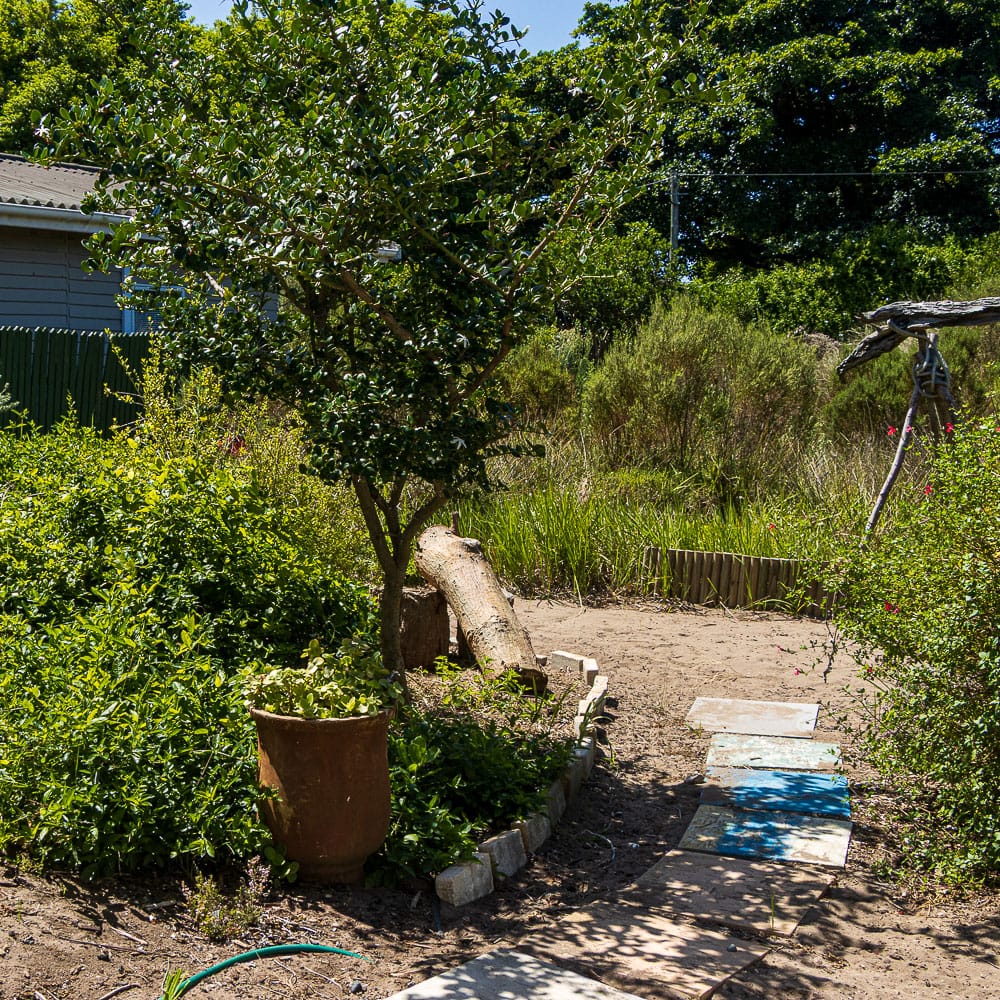
Verges and Verge Gardens
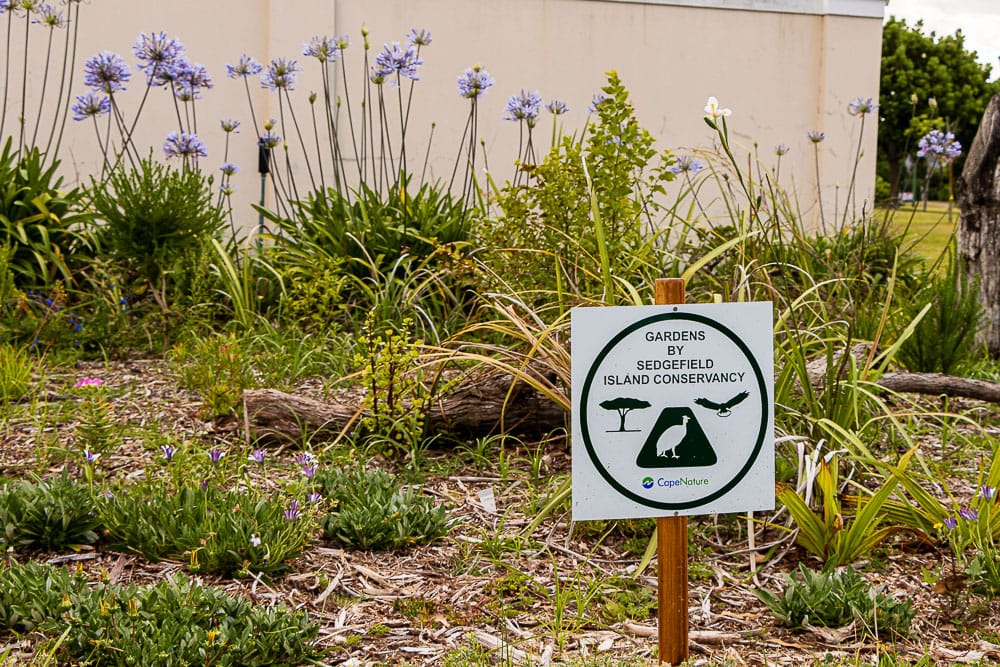
Your verge is that piece of land between your street boundary and the road edge, a.k.a. the sidewalk. The verge belongs to the municipality, but they are quite happy that you beautify it if you wish.
Anything you plant on the verge, belongs to the municipality and they have the right to remove it or to stop you from removing it. This particularly applies to trees. Check with the Conservancy or the municipality before doing any major 'trimming' or removal of trees, especially protected species, such as white milkwoods (sideroxylon inerme) that are very common on the Island.
If you are going to beautify your verge, please try to keep it as natural as possible to support biodiversity - think tortoise food, insects (especially bees and other pollinators), and thick knee hidey holes for breeding space.
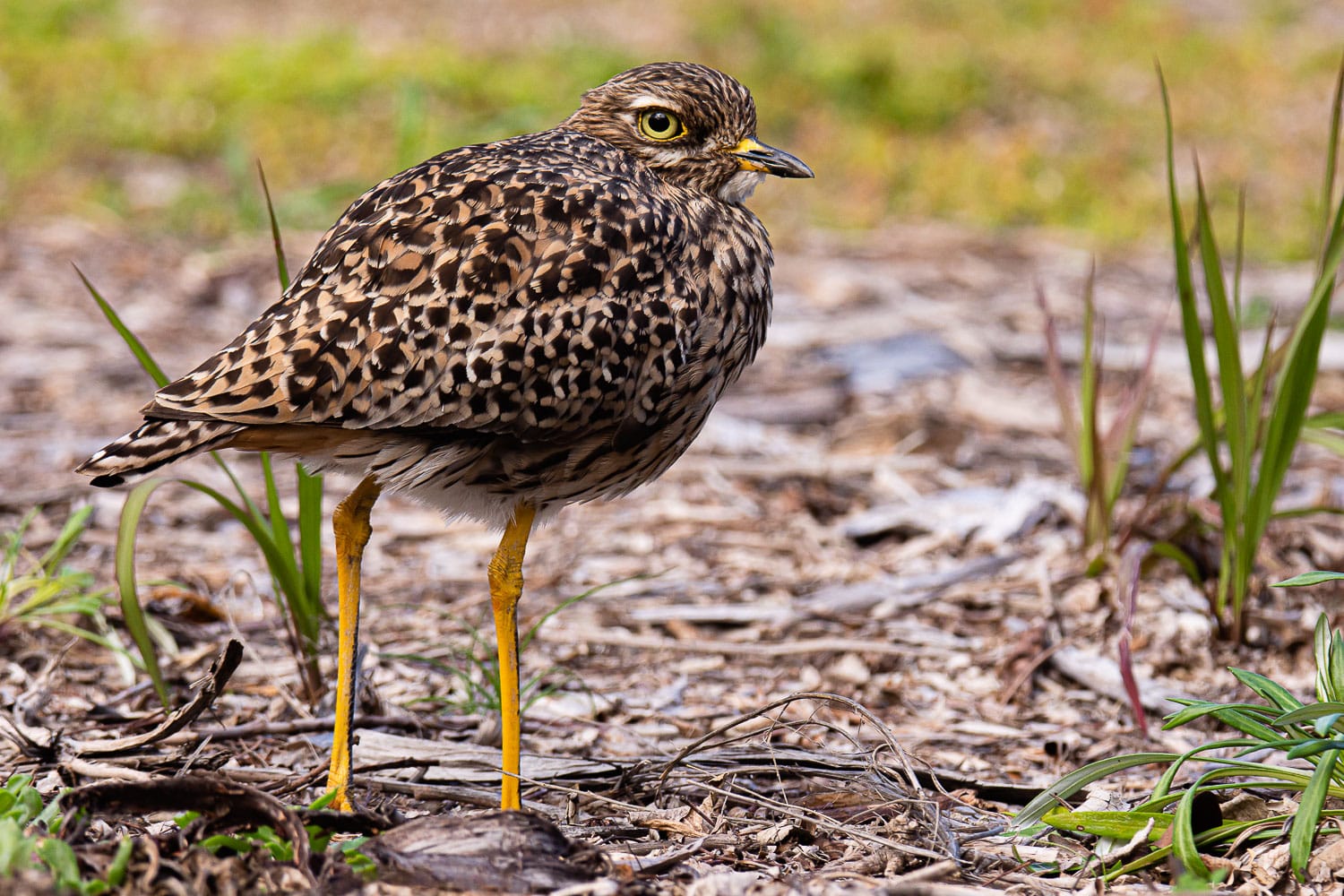
Trees and what you may do to them
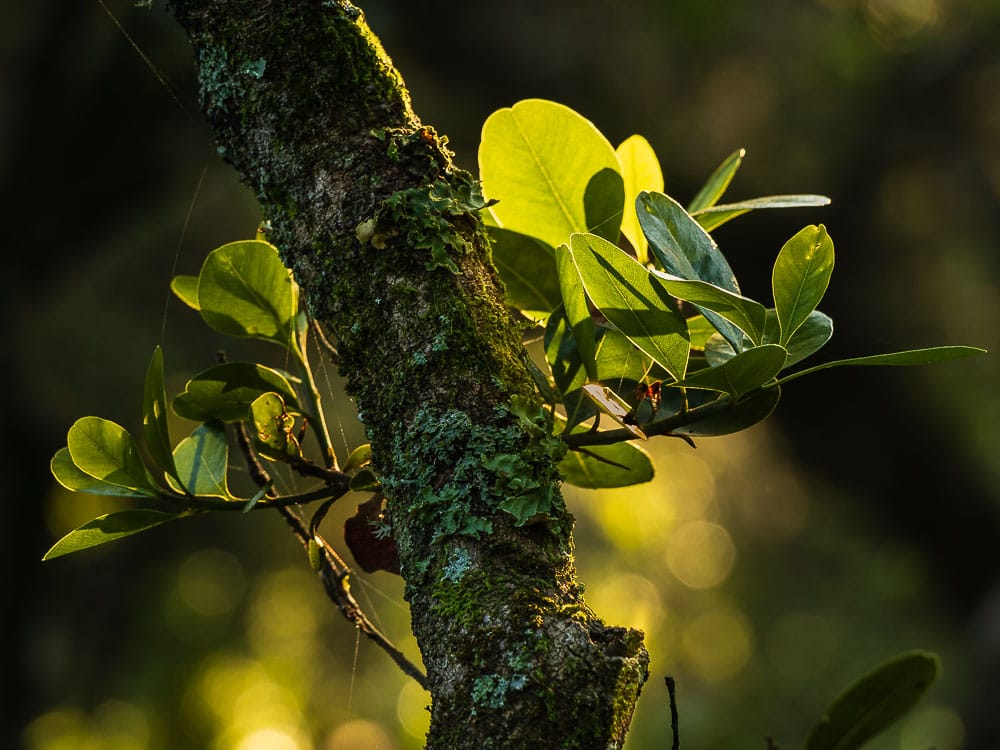
White Milkwood (Sideroxylon inerme)
Protected Trees
"No person may cut, disturb, damage or destroy any protected tree or possess, collect, remove, transport, export, purchase, sell, donate or in any other manner acquire or dispose of any protected tree except under a license granted by the Minister," notes the Government Gazette.
This site has a list that seems to be up to date. Be careful of lists on the Web - they are often years old and incomplete.
Some trees are protected by law and you cannot remove them or even cut them back significantly without a license. This includes trees on your property! If you want to remove or modify a protected species, the Conservancy can assist you with the application process or recommend a reputable arborist to advise you.
So, which trees are protected? There are more than 50 protected trees and some of the common ones on The Island are:
- White Milkwood (Sideroxylon inerme) .
- Yellowwoods, both the Outeniqua Yellowood (Podocarpus falcatus) and the Real Yellowood (Podocarpus latifolius) are common here but remember that the other yellowood species are also protected.
- Cheesewood (Pittosporum viridiflorum). These grow commonly in our wild areas and may be on your empty stand!
- And there are more. Please check before you cut!

Protecting our Natural environment whilst creating a better environment for people.
+27 (0)83 376 7846
Quick links
Follow us
Newsletter
Subscribe now to get our newsletter.
Created with © systeme.io
